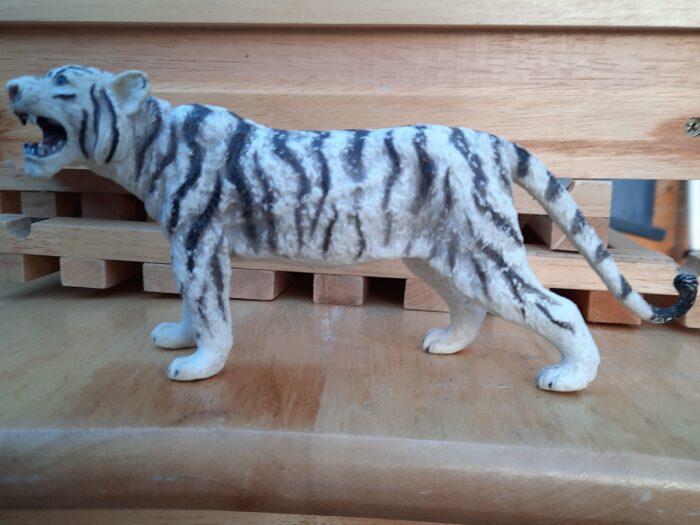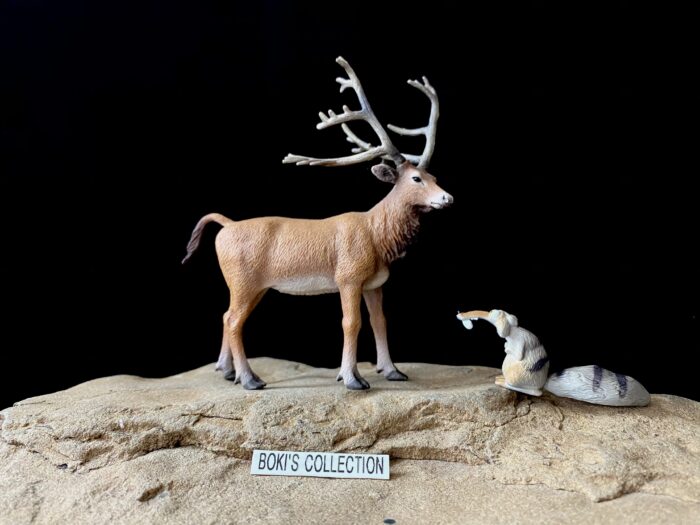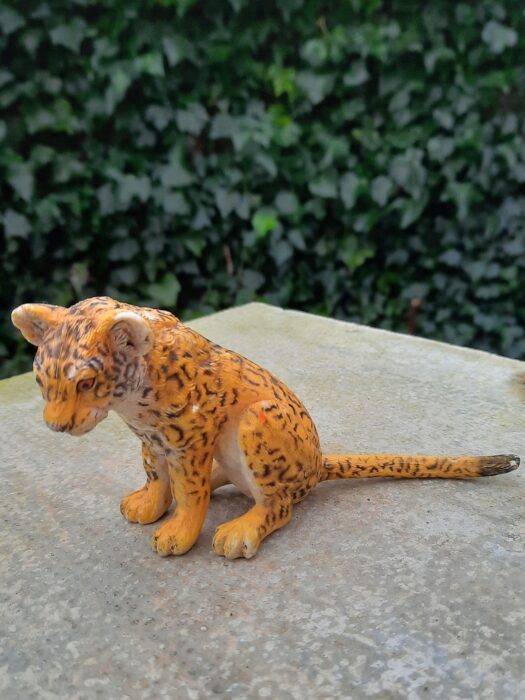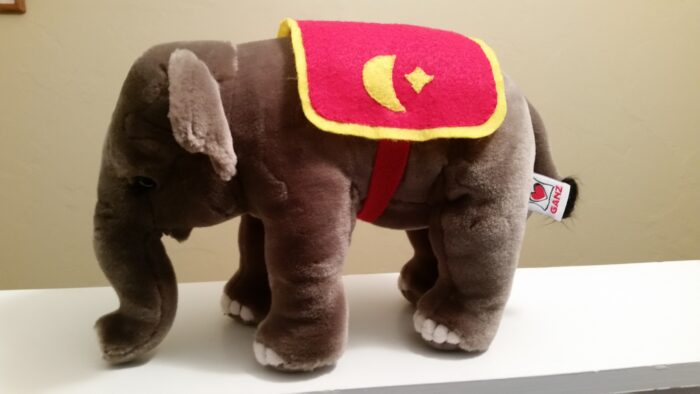Review by Lanthanotus; edited by bmathison1972
If there are oddballs amongst mammals (and there certainly are), the monotremes are heavy competitors for first place. The order Monotremata includes only five extant species, all of which are threatened to different degress. Most popular is the improbable platypus which was first thought to be a faux by those Europeans who only knew it from imported, stuffed specimens.















